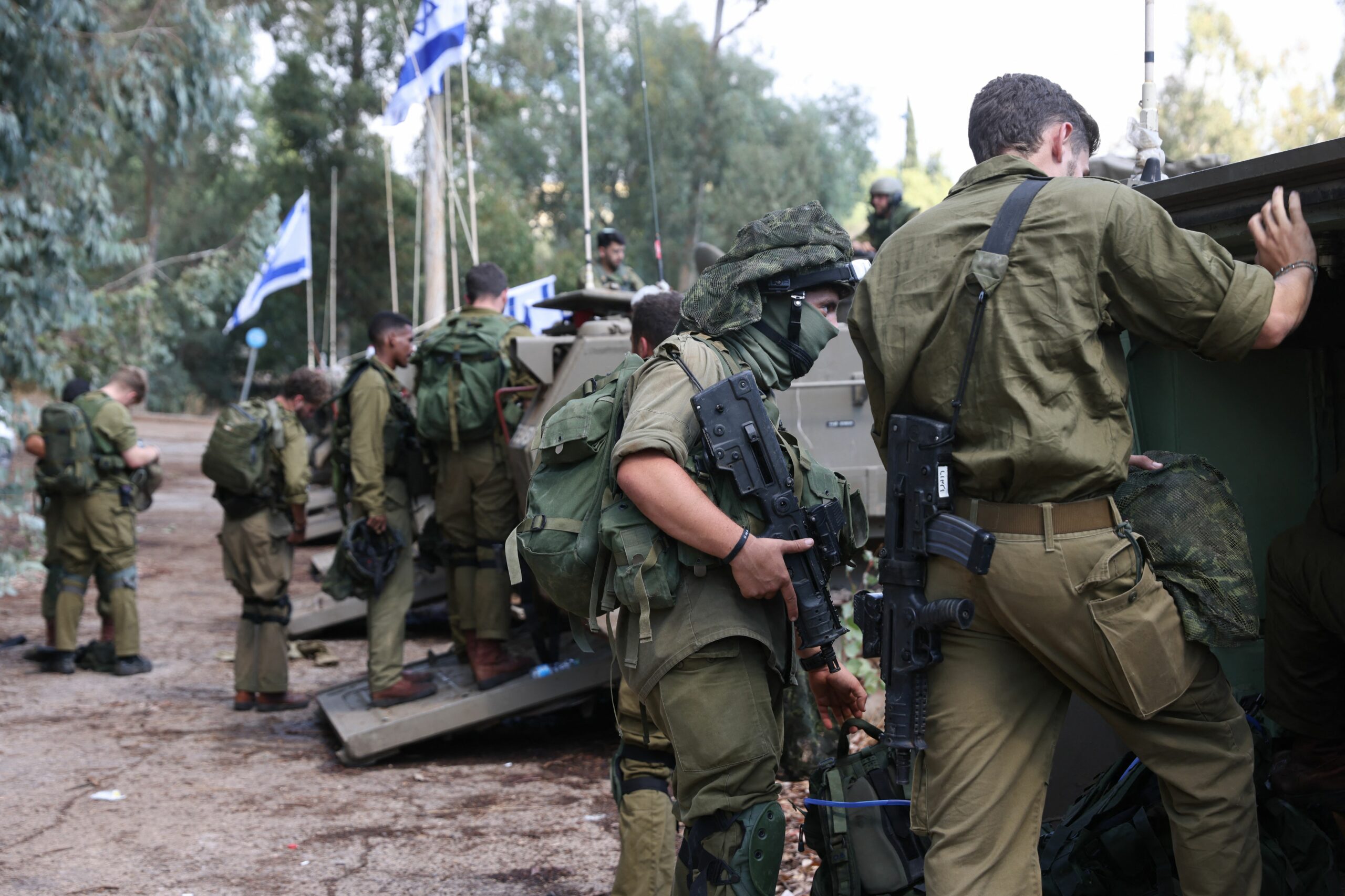Daily cross-border attacks between Israel and Hezbollah are showing no signs of waning
This assessment was issued to clients of Dragonfly’s Security Intelligence & Analysis Service (SIAS) on 01 May 2024.
- Israel is now conducting sporadic attacks north of the Litani River, which was previously a red line for Hezbollah
- There will probably continue to be a high risk of a major war between the two sides for the rest of the year at least
There is a high risk of a major war between Israel and Hezbollah this year. Cross-border attacks between the two have become more intense in recent months. And they are occurring deeper into their respective territories. For now, neither seems to want an all-out conflict; they have both recently tolerated attacks that would have previously led to all-out war. But with few signs that the attacks on each other will wane, the potential for a miscalculation that prompts a major military escalation will probably remain high into 2025. And Israel appears to be preparing for a major conflict this year.
Expansion of targeting elevating the risk of miscalculation
Armed attacks between the two sides are likely to continue incrementally expanding in geography and scale over the coming months. Israel has repeatedly said that forcing a Hezbollah retreat north of the Litani River and returning displaced Israelis to border communities is the main priority – aside from defeating Hamas. To achieve this, it is likely to expand its targeting of Hezbollah across southern Lebanon, not just along the border. This in turn will compel Hezbollah to respond with more intense attacks deeper into Israel over the coming months.
During this period, the high risk of miscalculation stems from both sides repeatedly testing the usual boundaries of hostilities. Every single attack beyond these boundaries carries a risk of an accident, misidentification, or miscalculation of what the other side’s purported red lines are. That is even though until now Hezbollah has tolerated Israeli attacks against a wider range of its targets across southern Lebanon. Israel has also refrained from escalating further despite less discriminate rocket attacks by Hezbollah in the past month, some of which have hit evacuated settlements.
Israel on the offensive, but Hezbollah averse to war
This escalatory dynamic has led Israel to go on the offensive against Hezbollah, in our assessment. It has conducted at least three drone operations against several Hezbollah command and weapons centres north of the Litani River since January. The Israeli military also appears highly intent on targeting Hezbollah infrastructure across southern Lebanon. Previously, it was just hitting the sources of attacks aimed at Israel, such as missile launch sites. The Israeli government seems resolute on degrading Hezbollah capabilities in southern Lebanon this year.
Hezbollah for its part, however, continues to signal that it does not want a major war. The clearest sign of this has been its muted response in recent weeks to Israeli attacks (north of the Litani River). That is despite those crossing the group’s purported red lines. Although it is now launching rocket and drone attacks deeper into Israeli territory, these still mostly target Israeli military sites, rather than civilian ones. The group’s leader also continues to emphasise during his speeches that this is ‘Hamas’ war’, suggesting Hezbollah’s role will remain limited to cross-border attacks.
De-escalation plausible, but would only be temporary
There is a reasonable chance of de-escalation in the next three months. But this would probably only be temporary, lasting a few months at most. And in our assessment, this would only happen in the event of a lasting ceasefire in Gaza (unlikely) or if there are new elections in Israel (likely). Hezbollah halted cross-border attacks in November last year when there was a short pause in fighting in Gaza. And a lengthy electoral process in Israel would at least delay any plans for an Israeli-prompted military escalation with Hezbollah. But any new government in Israel would quickly refocus on confronting Hezbollah.
Posturing for war
Israel’s recent military actions and posture along the northern border suggest it is preparing for the eventuality of a major escalation with Hezbollah. The Israeli government probably views this as the most effective way to secure its northern border. Local councils in northern Israel are being briefed on the process of speeding up ‘readiness for continued fighting’, the Israeli military said in a statement last week. And a Bloomberg report on 25 April, citing military sources, suggests additional storage facilities in the north are being installed to enable rapid mobilisation of Israeli troops.
Israel will very probably aim to avoid a major escalation with Hezbollah, at least until the main phase of its operation in Gaza winds down. This is largely due to its concerns that the onset of a large-scale war with Hezbollah would leave the Israeli military overstretched. Egypt and the US are in talks with Israel to try to persuade it to limit the scope of the Rafah assault, or to call it off, should a hostage exchange deal happen before then. But the Israeli war cabinet appears resolved on pressing ahead. Once started, the military operation in Rafah would probably take several weeks to complete.
But beyond Gaza, and the Rafah operation in particular, there is little doubt that Israel will shift to a policy of aiming to eliminate or significantly degrade Hezbollah’s capabilities, at least in southern Lebanon. There have been calls from across Israel’s political spectrum since the Hamas attack to ensure the same cannot be repeated on the northern border. And unlike with Iran, Israel probably thinks it can act against Hezbollah unilaterally, without coordination with the US and Arab allies. And so a major military escalation prompted by Israel is likely by the end of this year and into 2025.
Image: Israeli soldiers take a position in the northern town of Kiryat Shmona, close to the border with Lebanon, on 16 October 2023. Photo by Jalaa Marey / AFP via Getty Images.



